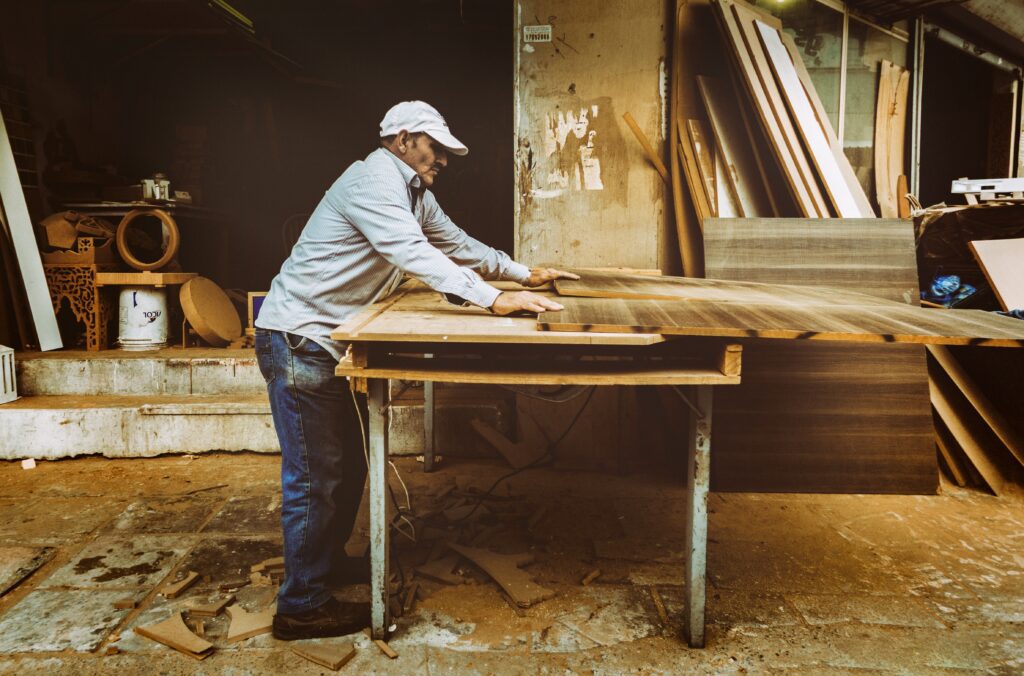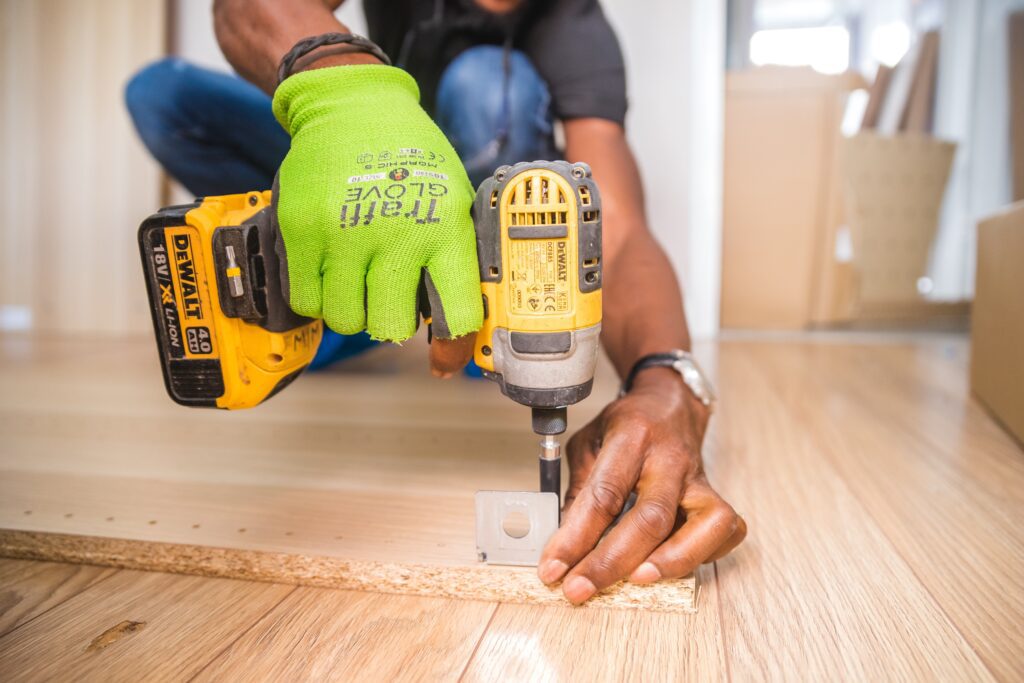In part 1, we discussed how wood floor installation came to be in America and its impact on the pre-war economy. Like much of history, war creates a dramatic change, not just within politics and territory. Following World War 2, the wood flooring industry succumbed to its lowest demand since its development. Generations of tradesmen who refined their wood floor installation skills and passed these skills onto their children would get their last taste of demand before the near extinction of the American trade altogether. It’s time to discuss cheaper was better, and then came carpet:
Table of Contents
ToggleThe Cost of Progress: The Sacrifice of Craftsmanship in Pursuit of Efficiency
Understanding this transition helps to bring understanding to the impact of the American trend; faster is better, and cheaper is the best. The appreciation for craftsmanship has returned in 2023, but it’s essential to shed light on why this is and what was sacrificed between its development and new rising.
The Evolution of Flooring Installation During Wartime
Following this, the Depression erupted into a period filled with war, and with the war came the demand for flooring once again. But this time, flooring became a war effort, and the goal was to get flooring cheap and quick—consequently, a fixed price on flooring limited manufacturers’ profits. But, like always, companies found a way around this limitation. The era of prefinished flooring began to develop, and the price was no longer fixed. Factories and shipyard housing began to pop up everywhere due to the ongoing war efforts, and thousands of acres of flooring were installed.
The Evolution of Flooring Installation Tools
Installers did so by hand with various saws, sanding, and nailing. Sanding machines were incorporated during the early 40s, but much of the labor was still done with manpower. There was no electric tool for nailing yet, and flooring installers remained on their knees for much of their work. Some common floor-installing tools were hatchets, straight-claw-hammers, and hand saws. Floor installation was truly a craftsmen’s specialty.
From Craftsmanship to Survival in a Rapidly Advancing Post-War Country
At the time, this surge in demand was perceived as a favorable period for installers because their work was restored following the Great Depression. However, the high demand came with the shift to cheaper production, advancing tools, and quicker installation. These factors contributed to the slow separation between craftsmanship and installation, a result that was not a choice but an act of survival by tradesmen in a quickly advancing post-war country.
The Rise of Mass Flooring Production
As the 50s approached, technology and the flooring industry advanced. Fillers, shellac, Skilwsaws, and power nailers became a new age tool. Floor installation went from fine detailed hand-crafted work to mass production and the motto “the faster, the better.” The boom in building in America peaked in 1955. Houses, factories, businesses, and every structure you could think of were being built quickly, and there was little time for fine details and personalized craftsmanship that we had seen in the late 1800s.
The Impact of Carpet and Changing Homeowner Preferences
What came next in this timeline is a little forgotten by old floor installers today. The Federal Housing Authority approved carpet as part of a 30-year mortgage. Along with this shift came homeowners wanting to avoid the costly upkeep of wood floors and opt for the more affordable one-time installation of carpet. The wood flooring industry hit a deep decline. The mass production of housing continued, and like everything else post-war, cheaper was always better. Many installers went on to find new trades or learn new installation techniques for the new-age materials.
How the Industry Contributed to Skilled Trades and Economic Growth
As the 70s and 80s came, homeowners were advised that wood floors would bring down their home values. Fast forward to today, and there are hundreds of types of flooring, and many come in DIY-friendly options for inexperienced homeowners to install themselves. However, many seasoned installers from the 50s will stand their ground because the wood flooring industry was responsible for developing skilled tradesmen and strengthening our economy.
Read on to Part 3: Out with the New, in with the Old, The Transition from Craftsmanship to Trending Modernization.








